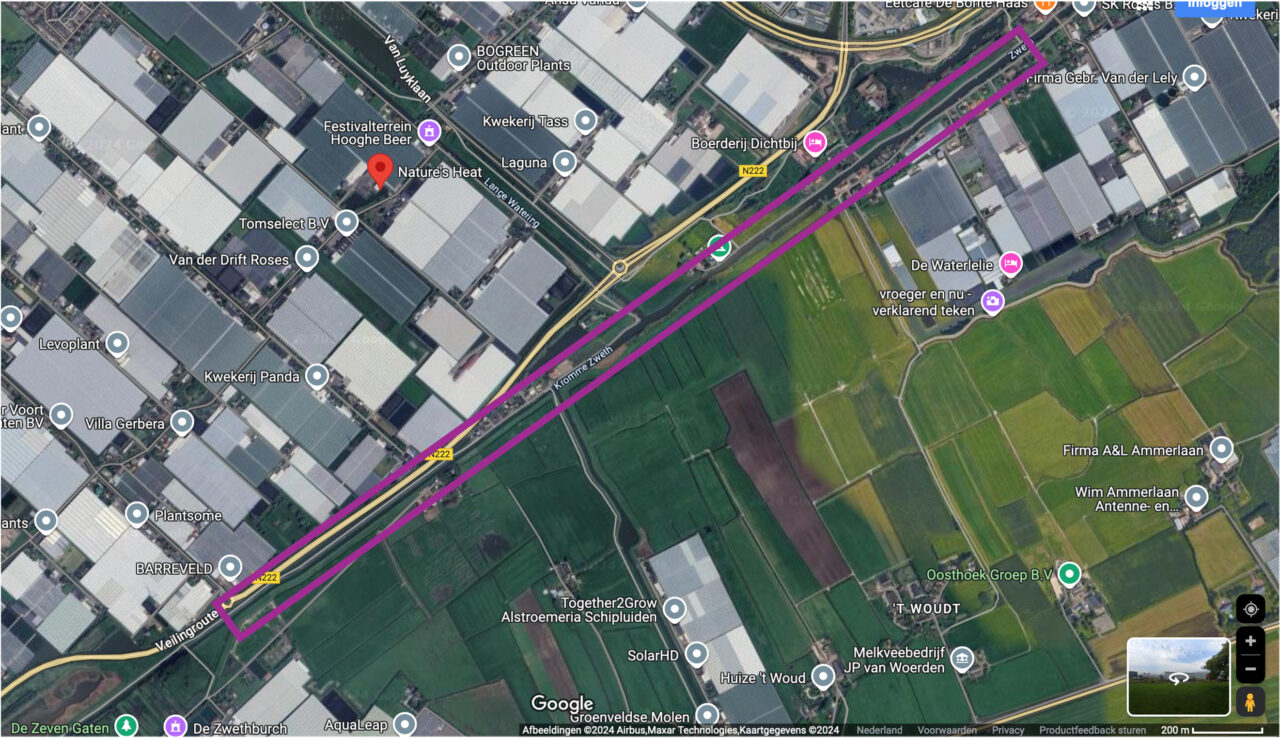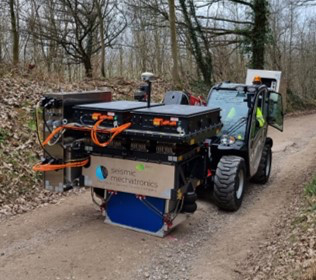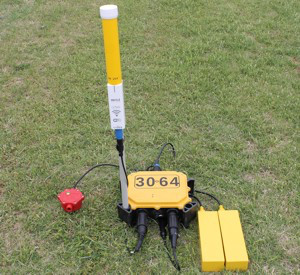At Kwintsheul, geothermal energy is extracted from a permeable layer of earth at a depth of 2.3 km. To improve our understanding of this layer and the rest of the deep subsurface, we are conducting seismic measurements for the TKI Geo4all innovation programme.
Where and when
In order to obtain the necessary missing information about the subsurface, we will be conducting seismic measurements from 30 June to 4 July along the Overtoomsepad, Zweth and Zwethkade Noord within the purple rectangle in Figure 1. The long straight road next to the canal offers an excellent opportunity to carry out the measurements.

How does the measurement work and what will local residents notice?
The vibrations generated by the source are very weak. Immediately next to the source, they are experienced as vibrations from a passing truck, and at a distance of more than 30 metres they are not noticeable. We will generate the source signal at night because there is less disruption to other traffic and the ambient noise is lower, which leads to better measurements. The E-Vibe (E-Vibe) is placed on an electric telehandler. Directly next to the measuring device, the maximum sound level is in all cases well below 60 dB, which corresponds to a normal conversation between two people (60-70 dB). Further away, at a distance of approximately 30 metres, the sound level is negligible to the naked ear.

As receivers of seismic waves, we will temporarily use independent seismic stations from TU Delft. These stations consist of a pin in the ground ~15 cm deep and a small box ~30x40x10 cm with data storage and a battery that provides power (Figure 3). Next to each station is a pole with a small solar panel to charge the batteries during the day. There are 75 stations placed along the measurement line, with a distance of 20 m between them. The stations are easy to install and remove, and leave no permanent traces. Installing the stations will take half a day. The measurements themselves will take a maximum of 5 nights. After that, we will take another half day to remove the stations.

Reason for research
The TKI Geo4All innovation programme focuses on innovations in geothermal energy extraction. Nature’s Heat (the owner of a geothermal project near Kwintsheul), TU Delft and TNO have joined forces to carry out measurements at Nature’s Heat in order to gain a better understanding of the deep subsurface there. At Kwintsheul, geothermal energy is extracted from a permeable layer of earth at a depth of 2.3 km. To improve our understanding of this layer and the rest of the deep subsurface, we are conducting seismic measurements using an electric source and receivers on the surface. Acoustic waves (or seismic waves) travel through the layers in the subsurface and back to the surface, and by measuring how long this takes, a picture of the subsurface can be formed – a kind of X-ray of the subsurface, but using acoustic waves. The results will provide a clear picture of the underground layers and structures – at what depth the layers lie and what the seismic wave velocities are per layer. The structures of the deep subsurface and the wave velocities are both necessary to make predictions about the duration and yields of geothermal energy production, but also about the precise location of any vibration sources in the subsurface. For the latter, it is necessary to know the shear wave velocities, which are not yet known and will be measured for one of the first times in this project. The precise compression wave velocities, which are measured more frequently, are also unknown and will be measured in this project.